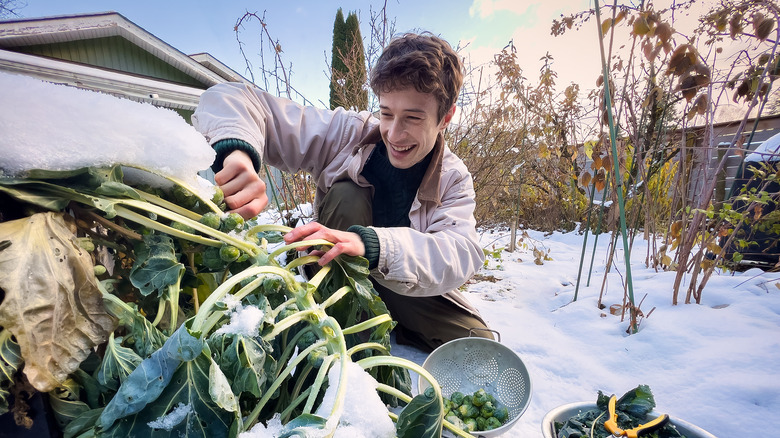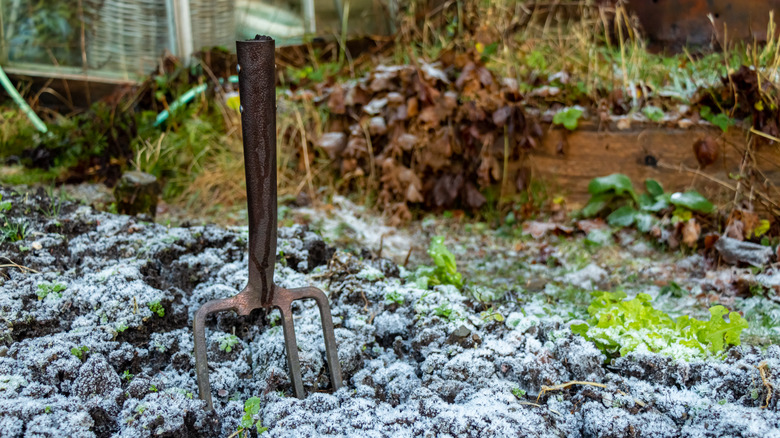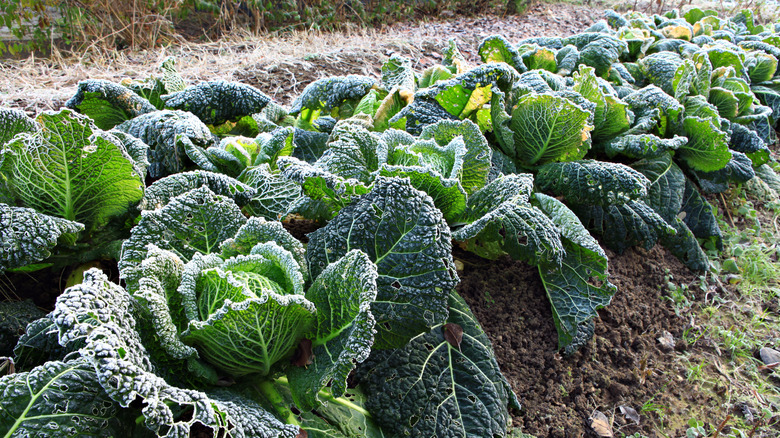Why Your Garden Veggies Taste So Much Sweeter In The Winter
Winter tends to be a more dormant season for gardening but a surprisingly sweeter one. Gardeners often marvel at the enhanced flavor of sweetness that their vegetables take on during these colder months. This phenomenon, far from a mere coincidence, is rooted in a series of scientific and environmental factors. Understanding these factors can deepen our appreciation for winter gardening and guide us in cultivating sweeter produce throughout the year.
At the heart of winter sweetness lies a plant's natural response to cold. As temperatures drop, certain vegetables, particularly root crops like carrots, leafy greens, and cole crops such as kale, undergo a process known as cold sweetening. This biological mechanism is a survival strategy as plants convert their stored starches into sugars in temperatures below 41 degrees Fahrenheit. The increased sugar acts as a natural antifreeze, lowering the freezing point of water inside the plant tissues and helping them withstand frost. The superpower that helps these hardy veggies stay alive also conveniently makes them more delicious for consumption later on.
Interestingly, this sugar accumulation doesn't happen uniformly across all vegetables. It's more pronounced in certain species and varieties that have evolved or have been bred to thrive in cooler climates. This is why some winter-harvested vegetables taste remarkably sweeter than their summer counterparts. However, one notable exception to this sweet rule is the beloved, versatile, and humble potato. Sadly, this sweetening process makes the potato's usual flavor turn bitter and also causes discoloration to the potato's flesh.
Cold sweetening: growth, pests, and soil
Winter's shorter days and cooler temperatures slow down the growth rate of plants. This slower growth rate has a direct impact on flavor. For certain types of vegetables, it's like a magic spell — making them perfectly in season, with peak flavor to boot. With extended time to mature, the vegetables develop more complex carbohydrates and sugars, resulting in a richer, more nuanced taste. This is in stark contrast to the rapid growth seen in the summer, where the focus is more on size and quantity rather than the development of complex flavors.
Winter also brings a reduction in pests and diseases that typically afflict garden vegetables. The cooler temperatures and frost can kill or drive away many of the insects and pathogens that harm plants in warmer months. These reduced stress levels allow the plants, especially turnips and winter cabbage, to focus their energy on developing more robust and flavorful vegetables rather than diverting resources to fend off pests and diseases.
Soil health plays a crucial role in the flavor of vegetables as well, regardless of the season. In winter, the cooler temperatures and increased moisture can lead to more active soil biology, which in turn provides better nutrient uptake for the plants. A well-nourished plant is more likely to produce high-quality, flavorful produce. Additionally, the winter months can be an excellent time for gardeners to amend their soil, adding compost and other organic matter, which can further enhance the flavor of their vegetables.
How to cold-sweeten your garden
There's also a psychological aspect to why winter vegetables taste sweeter. After a season of heavier, richer foods and less fresh produce, the crisp, sweet taste of a freshly harvested winter vegetable, like a broccoli or a carrot, can be delightful. Gardeners have the advantage of picking seasonal vegetables at the peak of ripeness – something that isn't always possible with store-bought produce. This is particularly beneficial in winter, when the cold air can act as a natural refrigerator, preserving the freshness of the vegetables until they are ready to be enjoyed.
To sweeten up your wintertime crop, begin by selecting cold-tolerant veggies such as Brussels sprouts, rutabagas, leeks, and other root, leafy green, or cole crops. Planting these in late summer or early fall ensures they mature around the first light frosts. Gradually exposing plants to cooler temperatures is essential for the cold-sweetening conversion. Mulching is vital throughout this process, as it insulates the soil, extends the growing season, and aids in sugar accumulation. Using cold frames or hoop houses can protect plants while exposing them to necessary cool conditions.
Harvesting your cold-sweetened veggies at the right time is a critical step, ideally done after light frosts but before harsh freezing. By adhering to these practices, gardeners can significantly improve the taste of their winter vegetables, making the harvest both rewarding and delicious. This unique phenomenon — a blend of biological processes, environmental factors, and gardening techniques — will certainly make your winter harvest a touch sweeter.


